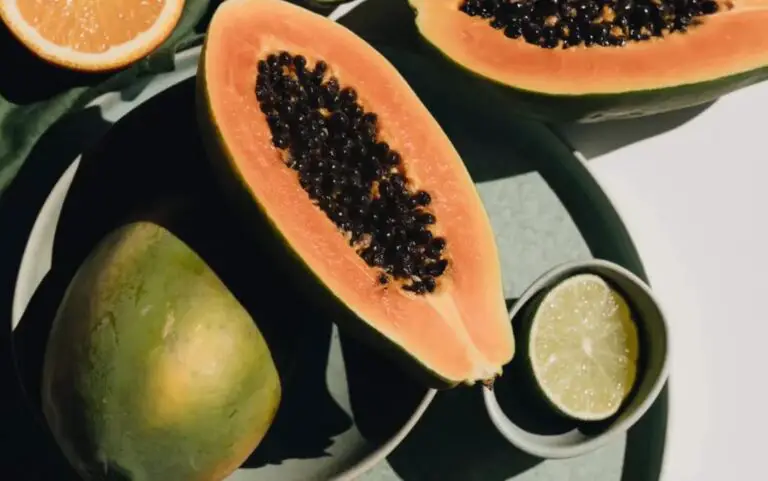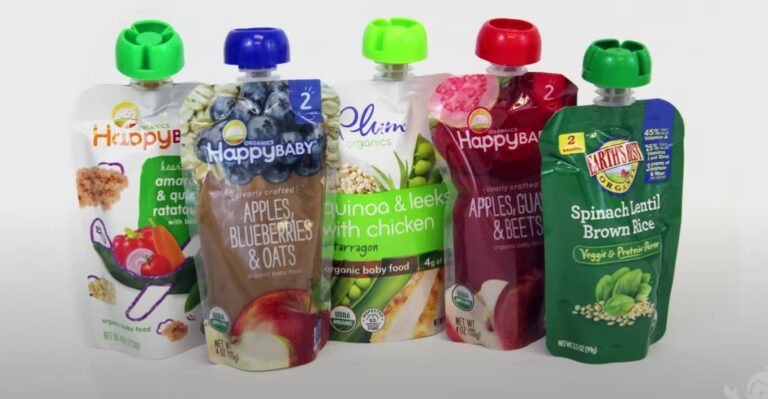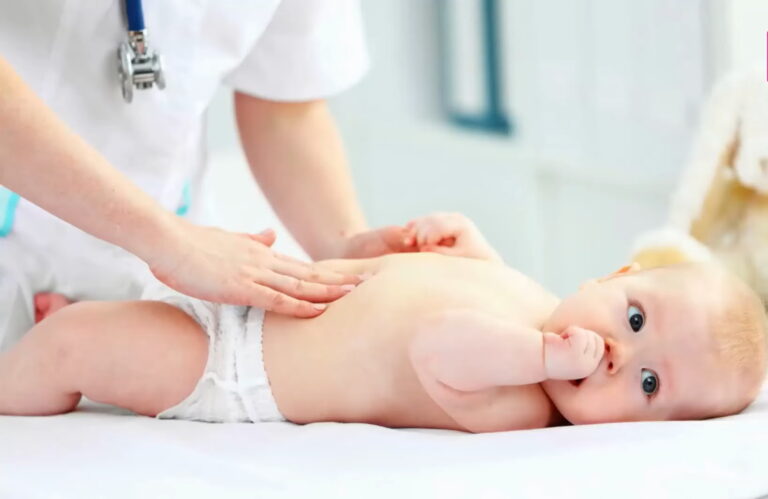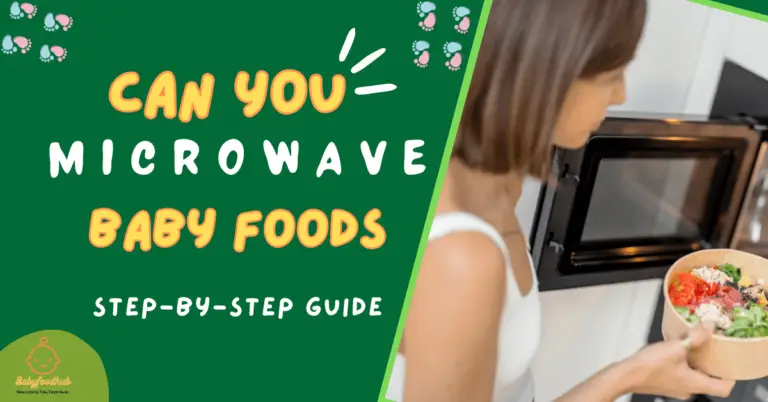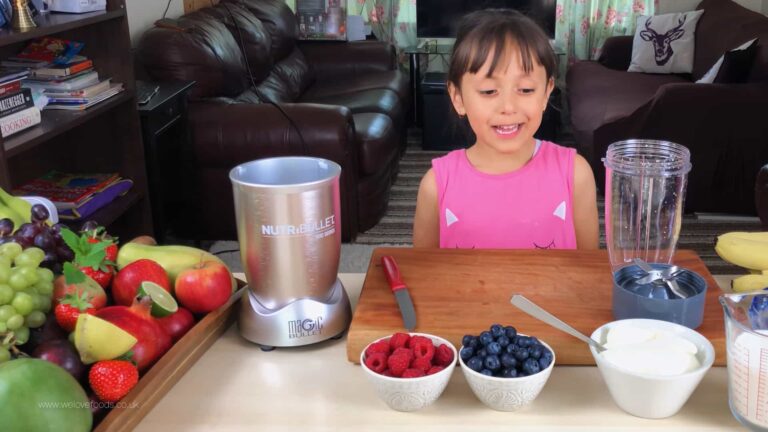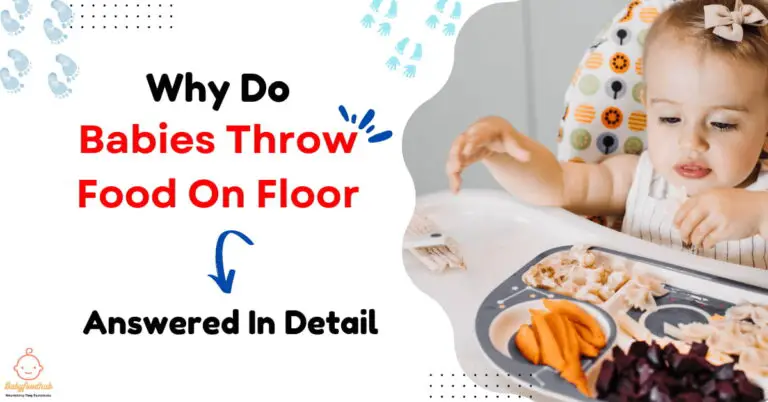Is food coloring safe for babies?
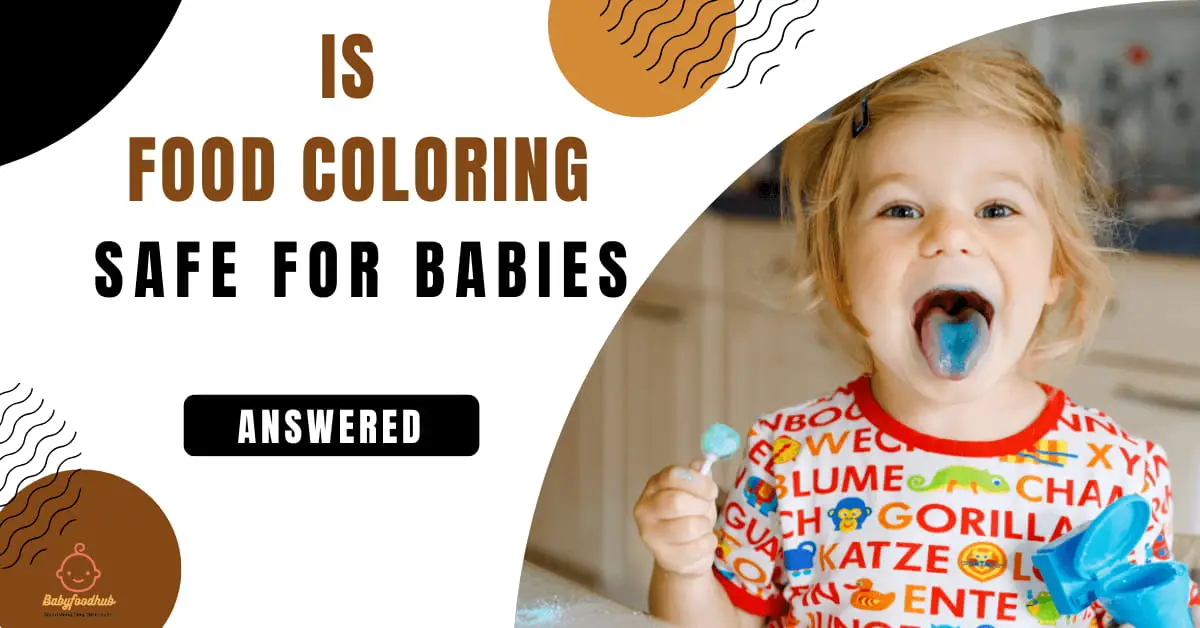
Food coloring may not be safe for babies due to potential allergic reactions and hyperactivity in sensitive children. However, conclusive evidence on the dangers of food dyes is lacking, and most food dyes are found in unhealthy processed foods that should be avoided anyway.
When we think about the foods we give our babies, we often consider their nutritional value, taste, and texture. But have you ever stopped to think about the colors in those foods? The topic of food coloring might seem simple, but it’s an important one for parents to understand. Food coloring is added to many foods to make them look more appealing, especially to children. However, the safety of these colorings, especially for little ones, is a topic of much discussion. As parents and caregivers, it’s crucial to know what goes into our babies’ foods and how it might affect them. After all, their health and well-being are our top priorities. So, let’s dive deep into the world of food coloring and discover whether it’s safe for our precious little ones.
What Is Food Coloring?
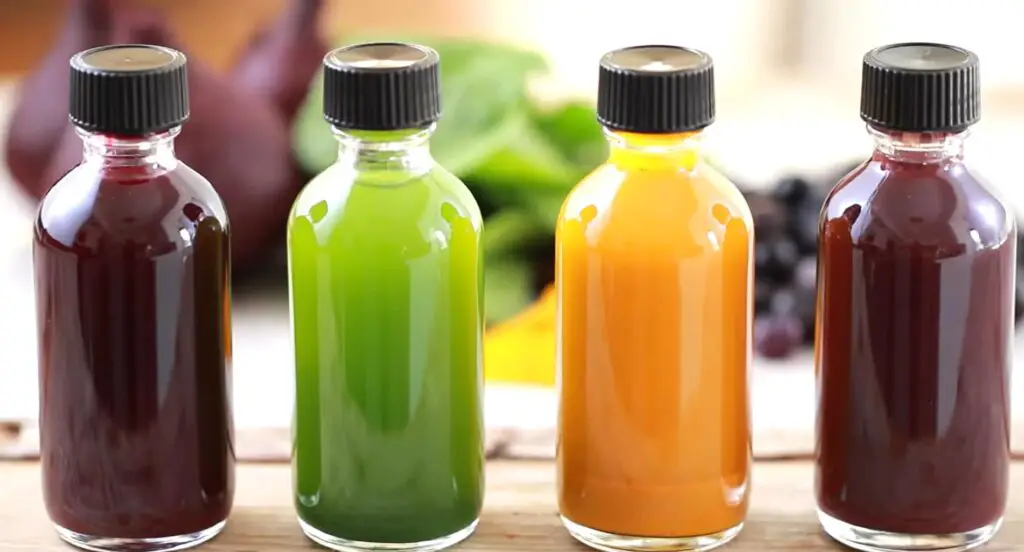
Food coloring is commonly used to enhance the appearance of food, but is it safe for babies? While there is no conclusive evidence that food coloring is dangerous for most people, some studies suggest a link between dyes and increased hyperactivity in children.
It is best to consult with a pediatrician before introducing food coloring to a baby’s diet.
Food coloring refers to any substance that is added to food or drink to change its color. It is used for various purposes, including enhancing the appearance of food, making it more visually appealing, and distinguishing different flavors or varieties of a product.
Food coloring can be categorized into two main types: natural and artificial. Natural food coloring is derived from natural sources like fruits, vegetables, and spices, while artificial food coloring is made from synthetic chemicals.
Natural Food Coloring:
- Derived from fruits, vegetables, and other natural sources.
- Often made using methods like juicing, drying, or crushing to extract the color.
- Examples include beet juice, turmeric, and spirulina.
- Generally considered safe for consumption.
Artificial Food Coloring:
- Made from synthetic chemicals produced in a laboratory.
- Provides vibrant and consistent colors.
- Examples include FD&C Red No. 40, Blue No. 1, and Yellow No. 5.
- Regulated and approved for use by government authorities.
Food coloring is commonly used in various food products, such as candies, baked goods, beverages, and processed snacks. While it can make food more visually appealing, concerns have been raised about its safety, particularly for babies and young children. In the following sections, we will explore the potential risks and benefits of food coloring for babies and whether it is safe for their consumption.
Natural Vs. Artificial Food Coloring
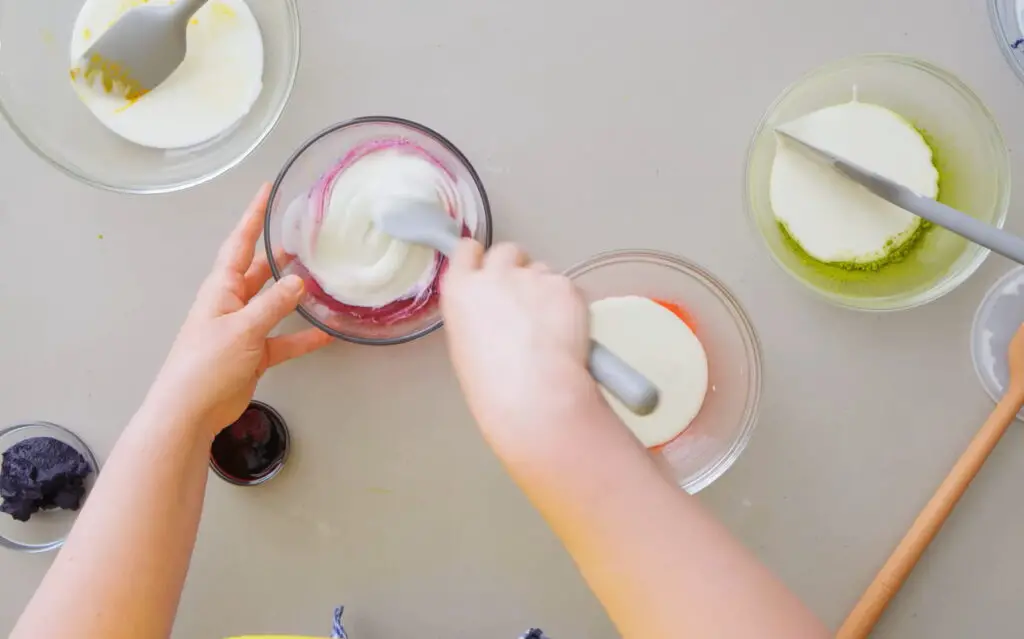
Food coloring is a topic of concern when it comes to the safety of babies. While some studies suggest a link between artificial food dyes and increased hyperactivity in children, more research is needed. Natural food coloring options are available as a safer alternative for babies.
When it comes to food coloring for babies, parents often debate between using natural or artificial options. Both have their pros and cons and understanding the differences can help you make an informed decision for your little one. Below, we’ll explore the advantages and considerations of natural and artificial food coloring:
Natural Food Coloring:
- Derived from plant, fruit, or vegetable sources, natural food coloring is made from ingredients found in nature.
- Offers a more wholesome option, as it is free from synthetic additives and chemicals.
- Often made using ingredients like beet juice, spinach, turmeric, or carrot juice.
- Can provide vibrant and beautiful colors without compromising your baby’s health.
- Some natural food coloring options are also organic, ensuring an even higher level of purity.
- May have nutritional benefits, as certain natural food colorings contain vitamins and antioxidants.
Artificial Food Coloring:
- Created using synthetic chemicals to achieve vibrant and uniform colors.
- Provides a wide range of colors that natural options may struggle to replicate.
- Generally cheaper and easily accessible in a variety of products.
- May have a longer shelf life compared to natural alternatives.
- Can be more intense and vibrant in color, allowing for eye-catching food presentations.
- Some artificial food colorings have been studied for potential links to hyperactivity and behavior issues in children. However, more research is needed for conclusive evidence.
The decision to use natural or artificial food coloring for your baby depends on your personal preferences and concerns. While natural food coloring may offer a more wholesome option, synthetic food coloring can provide vibrant colors at a lower cost.
Ultimately, it’s essential to choose quality products and moderate the amount of food coloring used to prioritize your baby’s health.
Remember that every child is unique, and what works for one may not work for another. If you have concerns about food coloring or its impact on your baby, it’s always a good idea to consult with your pediatrician.
So, whether you choose natural or artificial food coloring for your little one, make sure to consider their safety and always prioritize their well-being.
Potential Health Concerns For Babies
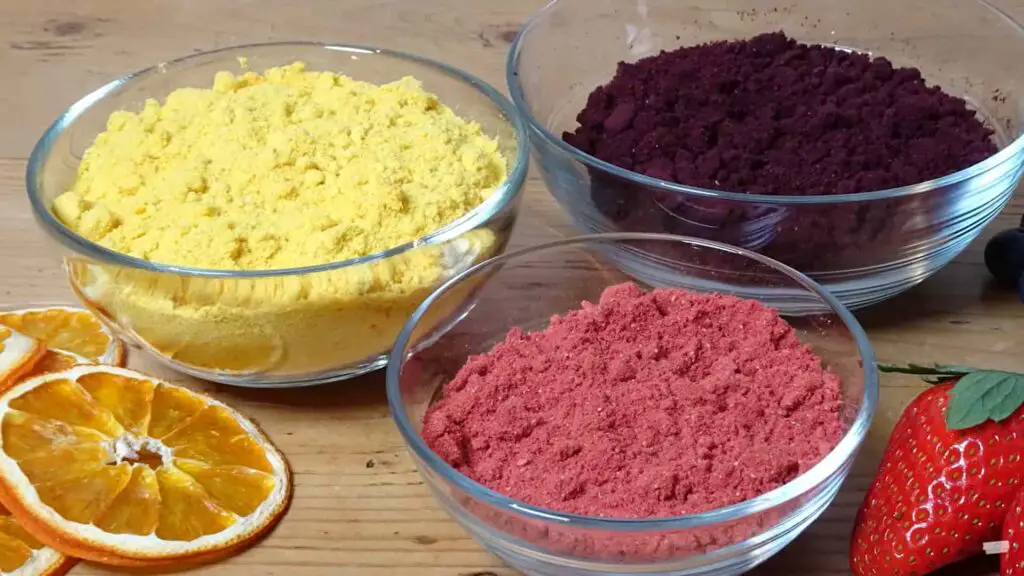
Food coloring may not be safe for babies as some studies suggest a link between dyes and increased ADHD or hyperactivity in children. While the U.S. currently does not ban artificial food dyes, more research is needed to fully understand their potential health concerns for babies.
Babies are delicate and their bodies are still developing, which raises concerns about the safety of food coloring for this age group. While there is no conclusive evidence on the specific effects of food coloring on babies, it is important to be aware of some potential health concerns:
- Allergies and Sensitivities:
- Food coloring can cause allergic reactions in some babies.
- Sensitivities to food coloring may lead to symptoms such as itching, hives, or swelling.
- Hyperactivity and ADHD:
- Some studies have suggested a link between artificial food coloring and increased hyperactivity or ADHD symptoms in children.
- However, these findings are not conclusive, and more research is needed to establish a clear connection.
- Behavior Changes:
- Certain food colorings, especially artificial ones, may affect a baby’s behavior.
- Some parents have reported changes in their baby’s mood or attention span after consuming colored foods or drinks.
- Digestive Issues:
- Babies with sensitive digestive systems may experience discomfort or digestive issues when consuming food coloring.
- Some food colorings, especially synthetic ones, can be difficult for babies to digest.
- Unknown Long-Term Effects:
- Due to the limited research on the effects of food coloring on babies, the long-term consequences are still unknown.
- It is always best to err on the side of caution and minimize exposure to unnecessary artificial additives.
While food coloring is generally considered safe for most people, including older children and adults, it is essential to consult with a pediatrician before introducing it to babies. The doctor can provide personalized guidance based on a baby’s specific needs and potential allergies.
Remember, it’s crucial to prioritize your baby’s health and well-being by choosing natural and minimally processed foods whenever possible.
Research On Food Coloring And Babies
Research on food coloring and babies suggests that there are some potential risks associated with food coloring for infants. While there is no conclusive evidence that food coloring is dangerous for most babies, some studies show a possible link between artificial food dyes and increased ADHD or hyperactivity in children.
However, more research is needed to fully understand the impact of food coloring on babies’ health.
- Some studies show a link between dyes and increased ADHD or hyperactivity in children, including babies.
- Other studies, however, show an improvement in behavior and attention once the dyes were eliminated.
- Currently, the U.S. Doesn’t ban any artificial food dyes.
- More research is needed to determine the long-term effects of food coloring on babies.
- It’s important for parents to be aware of the potential risks associated with food coloring and make informed decisions based on their child’s individual needs and sensitivities.
Recommendations From Health Organizations
Food coloring may have potential risks for babies, as some studies suggest a link between dyes and increased hyperactivity or attention deficit. While more research is needed, it is advisable to avoid artificial food dyes, especially since they are commonly found in unhealthy processed foods.
American Academy of Pediatrics (AAP):
- The AAP advises parents to limit the consumption of food coloring in young children, as some studies have shown a potential link between food dyes and hyperactivity or ADHD symptoms.
- The organization recommends opting for natural food coloring alternatives whenever possible.
- It is important to note that the AAP does not currently advocate for a complete ban on artificial food dyes.
Food and Drug Administration (FDA):
- The FDA has approved the use of several synthetic food coloring additives, including Allura Red AC, Brilliant Blue FCF, Tartrazine, and Sunset Yellow FCF.
- The FDA believes that the approved levels of food coloring additives are safe for consumption, as long as they are used within the legal limits set by the agency.
- However, the FDA does acknowledge that some individuals may be sensitive or have adverse reactions to food dyes.
European Food Safety Authority (EFSA):
- The EFSA has assessed the safety of various food coloring additives and has established acceptable daily intake levels for each color.
- The organization regularly reviews scientific evidence and updates its recommendations accordingly.
- The EFSA advises that food coloring additives should be used within the determined safe levels and does not currently consider them to pose a significant risk to human health.
World Health Organization (WHO):
- The WHO has established a Joint Expert Committee on Food Additives (JECFA) that evaluates the safety of food additives, including food coloring.
- The JECFA regularly reviews and assesses the available scientific data to set acceptable daily intake levels for food coloring additives.
- The WHO recognizes that some individuals may experience allergic reactions to food dyes and recommends proper labeling to inform consumers.
Health organizations such as the AAP, FDA, EFSA, and WHO have varying perspectives on the safety of food coloring additives. While there is no conclusive evidence suggesting that food dyes are dangerous for most people, some studies have indicated a potential link between dyes and increased hyperactivity in children.
It is important for parents to make informed choices and consider using natural food coloring alternatives whenever possible.
Alternatives To Food Coloring For Babies
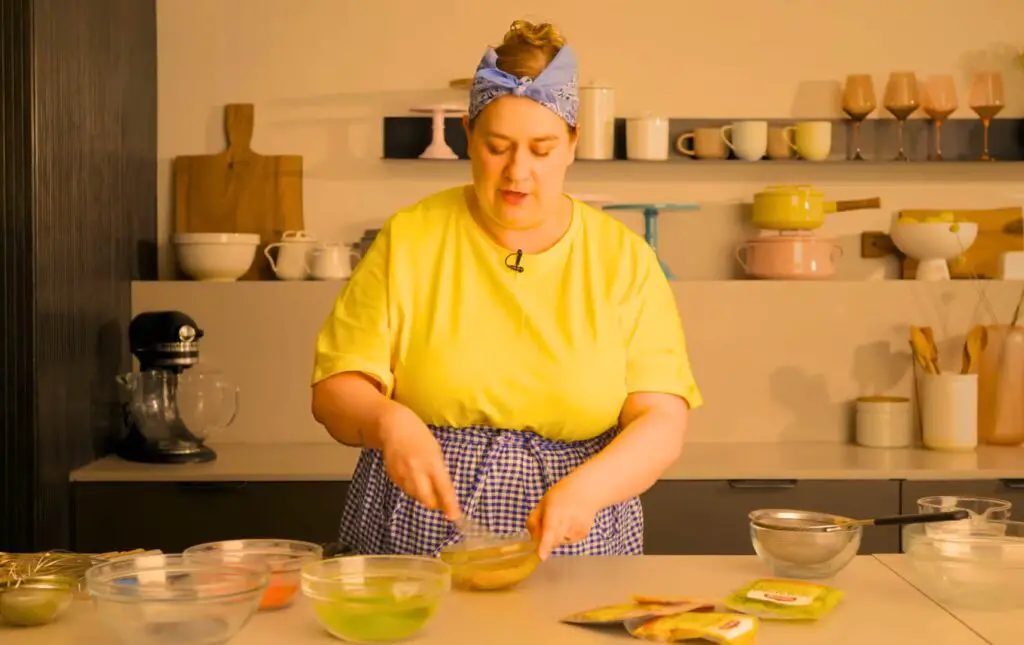
Food coloring may not be safe for babies as some studies suggest a link between dyes and increased ADHD or hyperactivity. Luckily, there are alternatives such as natural food coloring that can be used for sensory play and homemade recipes.
If you’re concerned about the safety of food coloring for your baby, there are several alternatives you can consider. These alternatives provide natural and safe ways to add color to your baby’s food without the use of artificial additives. Here are some options:
- Fruit and Vegetable Purees: Purees made from colorful fruits and vegetables can add vibrant hues to your baby’s meals. For example, beet puree can create a natural red color, while spinach puree can add a lovely green tone.
- Natural Food Coloring: Look for natural food coloring options that are derived from fruits, vegetables, or other plant-based sources. These products are often free from artificial additives and provide a safer alternative to traditional food coloring.
- Spices and Herbs: Adding spices and herbs to your baby’s food not only enhances flavor but also brings in natural colors. Turmeric can give a yellow tint, paprika can add an orange hue, and mint leaves can create a refreshing green shade.
- Natural Food Powders: Some brands offer natural food powders made from ingredients like spirulina, matcha, or beetroot. These powders can be mixed into your baby’s food to give it a naturally vibrant color.
- Natural Food Dye Alternatives: Look for natural food dye alternatives that are specifically made for babies. These products are formulated with natural ingredients and are free from any harmful additives.
- Combination of Foods: Experimenting with different combinations of colorful fruits and vegetables can create appealing and natural color variations in your baby’s meals. For example, mixing pureed blueberries with mashed bananas can create a purple shade.
Remember, it’s always advisable to consult with your pediatrician before introducing any new foods or additives to your baby’s diet. They can provide personalized advice based on your baby’s specific needs and dietary requirements. By opting for natural alternatives to food coloring, you can ensure that your baby’s meals are not only visually appealing but also safe and healthy.
Tips For Parents
For parents wondering if food coloring is safe for babies, studies show mixed results. Some research suggests a link between dyes and increased ADHD or hyperactivity in children, while others show no adverse effects. It is best to avoid artificial food dyes found in unhealthy processed foods and opt for natural alternatives..
- Avoid artificial food coloring: Artificial food coloring, such as Allura Red AC, Brilliant Blue FCF, Tartrazine, and Sunset Yellow FCF, have been shown to have potential toxicity. It is best to avoid these artificial dyes when introducing solid foods to your baby.
- Opt for natural alternatives: Natural food coloring can be a safer option for babies. Look for products that use natural food coloring derived from ingredients like fruits and vegetables. Some examples include Maddie Rae’s Food Coloring Kit, ColorKitchen Food Colors, and Watkins Assorted Food Coloring.
- Be mindful of potential effects: Some studies have suggested a link between artificial food dyes and increased ADHD or hyperactivity in children. However, other studies have shown improvements in behavior and attention after eliminating these dyes. While more research is needed, it is important to be mindful of these potential effects.
- Consider sensory play: Food coloring can be used for sensory play with babies. You can incorporate it into activities like colored rice, pasta, homemade playdough, and science experiments. Just ensure that the food coloring used is safe for consumption and avoid any potential allergic reactions.
- Read labels carefully: When purchasing baby food or snacks, read the labels carefully. Look out for any artificial food coloring listed in the ingredients. Opt for products that prioritize natural and safe alternatives.
- Consult your pediatrician: If you have any concerns about using food coloring with your baby, it is always best to consult your pediatrician. They can provide personalized advice based on your baby’s individual needs and health.
While there is no conclusive evidence that food dyes are dangerous for most people, some individuals may experience allergic reactions or hyperactivity. By being mindful of the type of food coloring used and following these tips, parents can make informed choices when it comes to introducing food coloring to their babies.
Remember to always prioritize your baby’s health and consult a healthcare professional if you have any concerns.
Frequently Asked Questions For Is Food Coloring Safe For Babies?
Is Red Food Coloring Bad For Babies?
No, there is no conclusive evidence that red food coloring is bad for babies. However, some studies suggest a link between artificial food dyes and increased hyperactivity in children. More research is needed to determine the potential effects. It is advisable to limit the consumption of processed foods with artificial food coloring.
Is Food Coloring OK for Toddlers?
Food coloring’s safety for toddlers is still unclear. Some studies suggest a link between dyes and increased hyperactivity, while others show improved behavior after eliminating dyes. The U. S. doesn’t ban artificial food dyes, but more research is needed.
What Are The Side Effects Of Blue 1 Food Dye?
Blue 1 food dye may cause allergic reactions in some people and hyperactivity in sensitive children. More research is needed to determine its long-term effects.
Can Children Play With Food Colouring?
Yes, children can play with food coloring. It can be used for sensory play, making colored rice and pasta, homemade playdough, and science experiments. However, some children may be sensitive and experience allergic reactions or hyperactivity. It is best to avoid processed foods with artificial food dyes.
Conclusion
Cautions that more research is needed to fully understand the effects of food coloring on babies. While the FDA considers artificial food colorings safe for consumption, some studies suggest a possible link between dyes and increased hyperactivity in children. It’s important to note that most food dyes are found in processed foods, which should be avoided for a healthy diet.
Ultimately, parents should consult with their pediatrician and make informed decisions about introducing food coloring to their babies.

